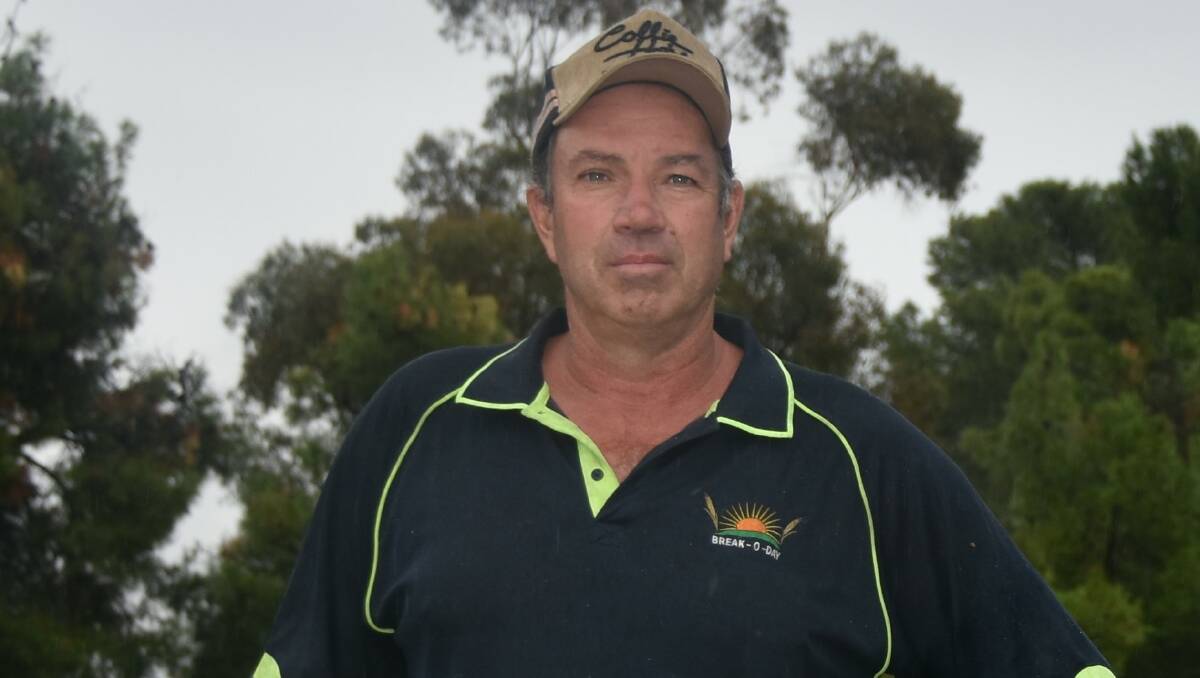
New pricing data from leading market analysts shows urea prices overseas have come under pressure and are falling.
Subscribe now for unlimited access to all our agricultural news
across the nation
or signup to continue reading
Thomas Elder Markets (TEM) own pricing data for fertiliser indicates a downward trend with the analysts saying there is a overseas fertiliser prices were coming under pressure.
"The urea price for May on our model was down approximately $140 to $1106," TEM analyst Andrew Whitehead said.
"It is important to note that this is what we would consider the 'replacement' value if a company were to import [recently]."
He said the overseas prices aren't necessarily reflected in Australia, but it was a positive nonetheless.
"It does not mean that this will be the price when you go to get a quote, it may take some imports at lower values to pull the market further south locally," he said.
Factors as to why the downward trend was happening were also varied, with China being one of the main indicators.
READ MORE:
"China is due to come back into the market with exports commencing during June," Mr Whitehead said.
"Industry contacts suggest that trade flows are growing and that a 'soft opening' may already have commenced.
"This volume will add extra supply to the market."
Other factors include a key demand period for some areas in the northern hemisphere beginning in upcoming weeks, and the fact that demand has been stifled, putting pressure on suppliers to cut prices.
Jason Mellings, Carron, said some "nervous buoyancy" was present at the moment, but forecasting prices was complicated.
"You could then ring retailers and to be honest, none of them really know what's going to happen," Mr Mellings said.
"They just get told [the price] and it fluctuates within 24 hours."
Mr Mellings believes his current cropping operation will not be too affected, but he said much of what is ahead for cropper input prices depended on what local retailers were thinking.
"From my point of view, we've probably bought enough already over the last six months to get me through probably the first round of nitrogen, so all that urea that goes out in front of the airseed or directly behind, I have got enough of," he said.
"I've just have had to take it at the current price right now."
There is no publicly available fertiliser pricing data, and TEM's data set is made in house.
But Mr Mellings said that more stability in fertiliser prices will be seen if official pricing data was established.
"If you take wheat for example, you've got the Chicago Board of Trade, you've got the currency, and you've got bases - three things that can determine the price, support, and all that stuff. " he said.
"In my book, nitrogen is a little bit of a dark market, you really don't know what's going on, and right now there's a lot of urea coming out of Russia, and with it too much uncertainty.
"The whole slowdown of supply from Russia... means we get it from other places, therefore it's just seen as a great excuse to put a price up."
Mr Mellings says many farmers just "suck up the price" and don't know much about what is going on beyond the retailer, so they simply take guesses over what future urea prices look like.
But he agrees with the market data that a downward trend will more than likely happen.
"Personally, I don't think you can stay up exceptionally high forever, and eventually [retailers are] going to need to sell their stuff, so I'm willing to take the risk that it will come down," he said.
"The fact that it has rained and hopefully more rain coming means everyone's positive.
"We've got good prices at the other end of the moment too and I think despite the high inputs people are reasonably, but nervously, buoyant."

